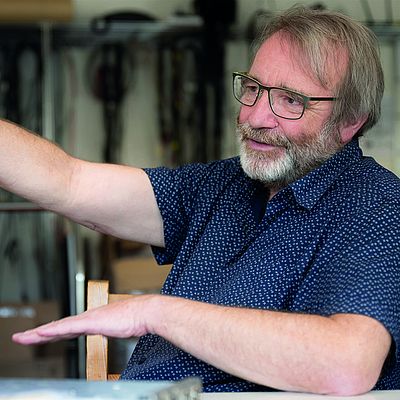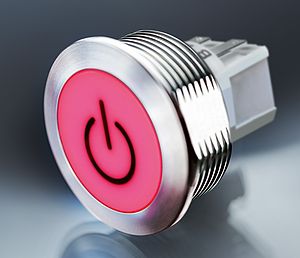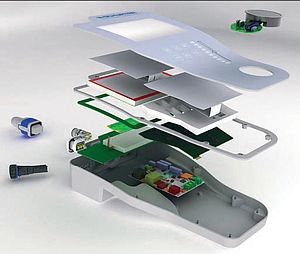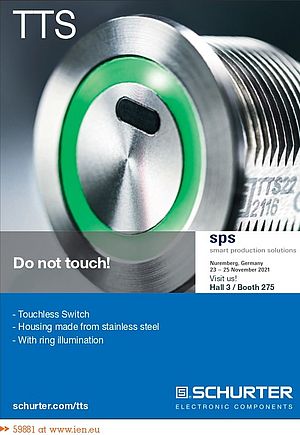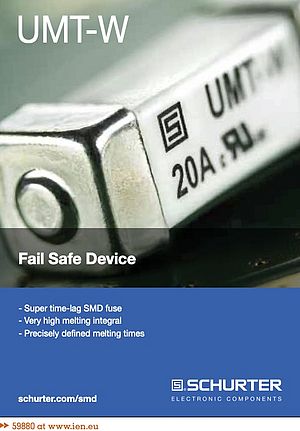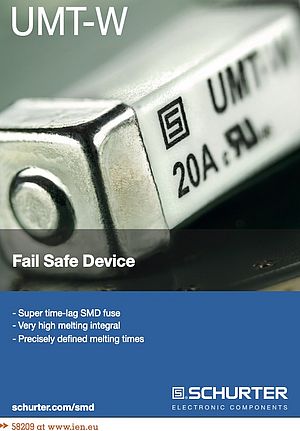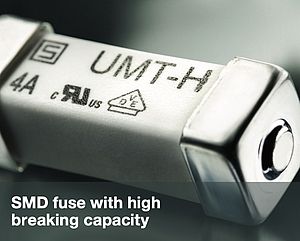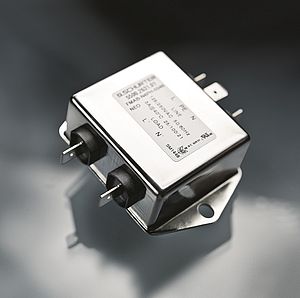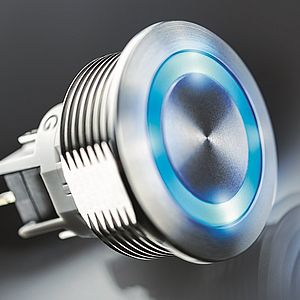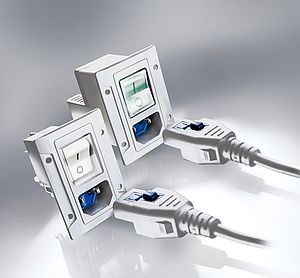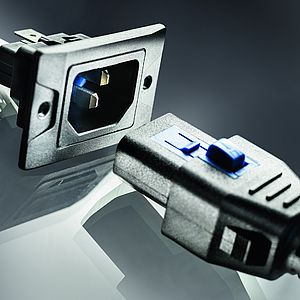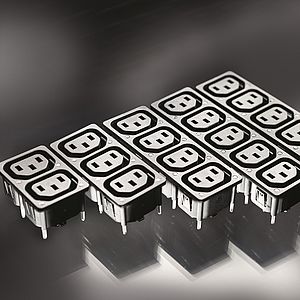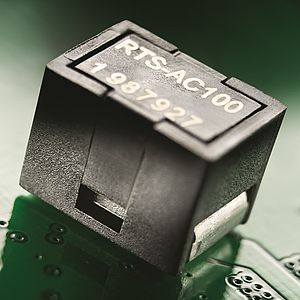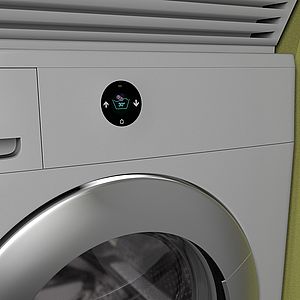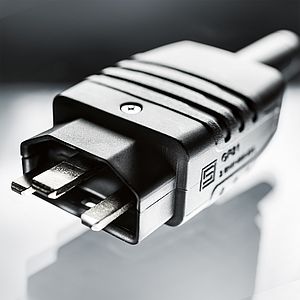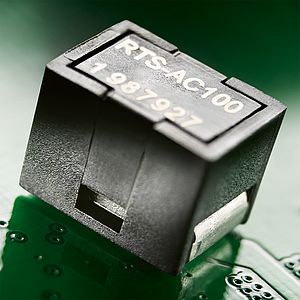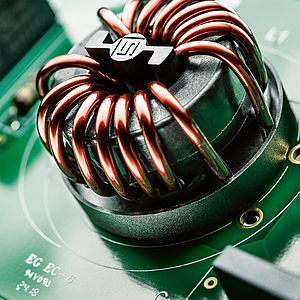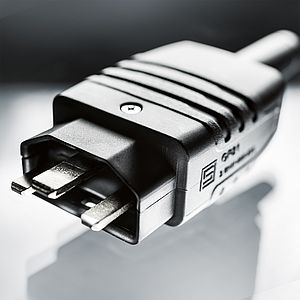Schurter. The "Grammy" is the "Oscar" of the music industry since 1959. In 1994, a "Technical Grammy Award" has also been presented. This goes to people who have made outstanding contributions to the improvement of sound recordings from a technical point of view. In 2021, the Technical Grammy went to continental Europe for the first time. The honouree: Daniel Weiss from Uster in the canton of Zurich.
Mr. Weiss, congratulations on winning the most prestigious award in your industry. How does it feel to read your name in a list with Edison, Dolby and other "giants"?
When you read through this list, you do get a bit of a fright. But I admit it openly: It feels really good.
I read that you were not even particularly surprised. Was that really the case?
Yes, I've known for years that customers of ours from the U.S. have been lobbying for me to be on this shortlist. This year, their efforts bore fruit.
How did that even go down back in the 1980s? How did you come up with this gap in the production chain?
The CD was the first digital audio playback medium ever. So the question quickly arose as to whether the entire editing process (compressors, equalizers, etc.) could not also be digitized. On the recording side, one was ready. At that time, D/A as well as A/D converters were not really good. So with every conversion step there was a loss of quality.
I worked at Studer-Revox after my electrical engineering studies. In the digital lab. We were quite exotic there. But I came into contact with a mastering engineer, one of those men who put the finishing touches on music recordings. He was looking for an interface between two digital audio recorders.
Standards didn't exist at the time. Bit rate, sampling frequency – it was all over the place. But Studer didn't do custom projects like that, so I pursued the topic in my spare time. In collaboration with this mastering engineer, who knew exactly what was needed.
The first step towards selfemployment?
Exactly. At the beginning, I was still swinging the soldering iron over the weekend, but it quickly became clear that that wasn't going to work. I became selfemployed and founded my own company. The portfolio was expanded. Modular. Due to the lack of standards, this approach
was important.
So where were the big studio equipment suppliers?
Nowhere. They missed out on this theme. We only had one competitor. And I can justifiably say: Our equipment back then was already really good!
How did you get the customers?
Again, I used the contacts and help of the mastering engineer. He became responsible for sales. We found a great distributor in the USA. And the USA were by far the most important market for mastering.
You were an early adopter of all-digital signal processing. What fascinated you about digital technology?
Digital technology was something completely new and exciting back then. At Studer, the digital lab was a foreign object in the analog universe. But I only did digital from the very beginning. It also offers you enormous possibilities.
What can digital do well and what not so well?
You have to draw the line here. I would like to limit myself here to the converters. The quality in digital audio stands and falls with that of the converters. Once you have converted to digital, everything is open to you. Theoretically any precision. You can achieve a quality far beyond analog. Of course, this requires computing power.
You say digital technology is pure mathematics. 12 + 12 = 102. That applies to all digital products. Where do the differences in quality come from?
Your little addition here is true. But the matter is much more complex. Let's take a parametric equalizer: Here you change the input frequency, filter quality, level. You can do that in many different ways. The choice and quality of the algorithms is crucial here. And this is where the math comes in.
Power Entry Modules elements from SCHURTER are installed in your devices. Why did you choose SCHURTER?
We have been using these power entry modules with filters, medical versions, by the way, for many, many years. We are absolutely satisfied with them. They do exactly what they are supposed to do and what we need. A clean power supply is extremely important for digital equipment. They react particularly sensitively to EMC interference signals. But the "Swiss Made" label is also close to our hearts. We have our prints assembled here in the area, and the housings come from here. Assembly, adjustment and testing – it's all done in Switzerland.
You've also launched a high-end line. Is it more difficult to convince the pro or the high-ender? Digital was still considered heresy in the last century.
This has already changed with the highenders. Today, they also use computers for streaming; they have shed their shyness. It simply takes a little longer. The pro is much more pragmatic. Usually, he also knows technically much better what's going on behind the front panel.
However, the fully digital chain remains (still) a dream: In the end, we always hear analog. The digital transducer does not exist. Or are you possibly building one right now?
No, I'm not. But there are approaches. But their success has been very modest so far. It has nothing to do with hi-fi yet. But even with dynamic moving-coil loudspeakers, a lot can still be done. Most of the time we are dealing with passive systems. In my opinion, this is the wrong approach. I plead for real active loudspeakers with digital crossover. We are giving away an enormous amount of potential here.
Do true active speakers have any chance at all of being accepted by the market? Philips already offered ingenious systems in the 1970s with the Motional Feedback speakers, but their acceptance remained low. After all, you couldn't show off your "fat" power amplifier.
This is undoubtedly a problem in the highend segment. In the pro audio sector, however, active is standard. For decades. Yes, I think such systems have a good chance. We are currently working with a Swiss loudspeaker manufacturer on a fully digital project. We are building an external DSP crossover with 2 x 4 ways, crosstalk cancelling and all the bells and whistles – including streaming. That's all anyone will need.
Crosstalk cancelling? I missed something there. Can you give me a hint?
Crosstalk cancelling tries to let the sound from the left speaker reach the left ear only. The same applies accordingly to the right channel. To put it simply: One tries to simulate a headphone sound with loudspeakers in the room. Once you have heard this, it will be difficult to get used to the old sound again. In contrast to headphones, however, there is no in-thehead localization, but an extremely wide stage opens up in front of the listener. Possibly wider than the listening room. Ideally, dummy head recordings are used for this purpose. The effect is not equally good with the multi microphones often used today.
You were already right on the money with digital technology in 1982: What will be the next big AV trend?
Difficult. It remains to be seen whether it will be a breakthrough. But in the pro audio segment, 3D audio is currently the talk of the town. This trend has not yet reached consumers. They are still struggling with surround sound.
What do I have to expect from 3D audio?
Even more speakers. Especially also positioned above the listener. Dolby ATMOS, for example, is such a format. Now, in addition to the cinema people, there are also audiophiles who want such a format for "audio-only". But the effort is gigantic. A dozen speakers is needed quickly. Plus the corresponding electronics. I think, and I hope, that more attention will be paid to the approach with crosstalk cancelling. Actually, we are trying to generate a sound experience that is on par with a concert with massively reduced effort.
However, this would require the aforementioned dummy head recordings.
Or the 3D recordings can be rendered into a binaural signal. In that case, two loudspeakers would be sufficient.
Heretical question at the end: Do you personally still have an analog turntable in operation?
Yes, of course. Several, in fact.



